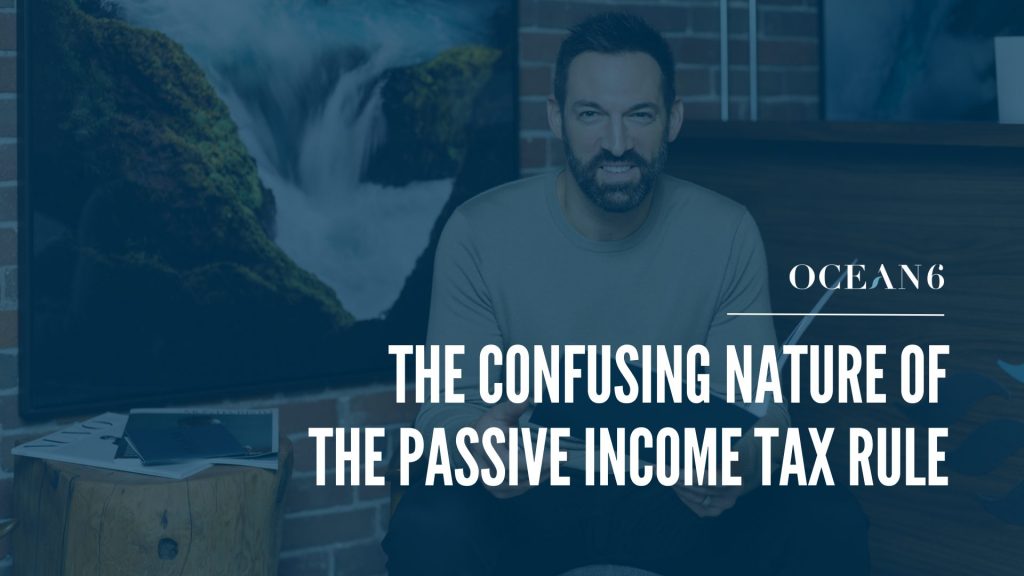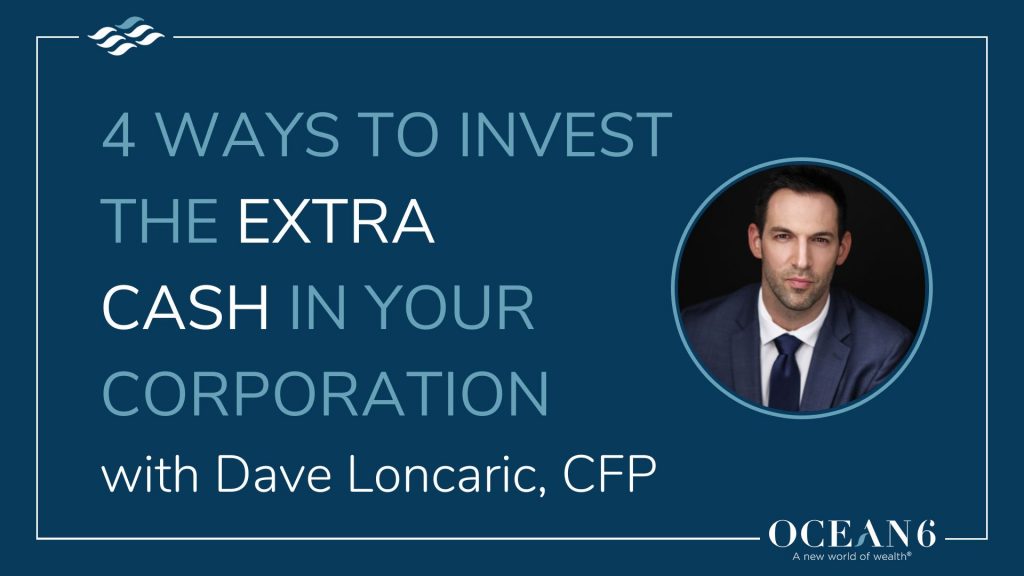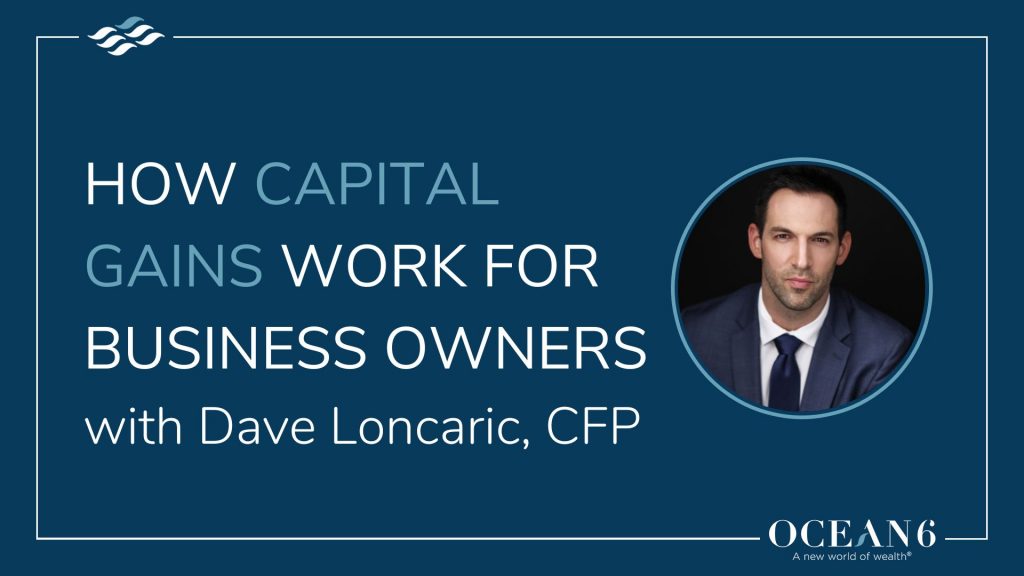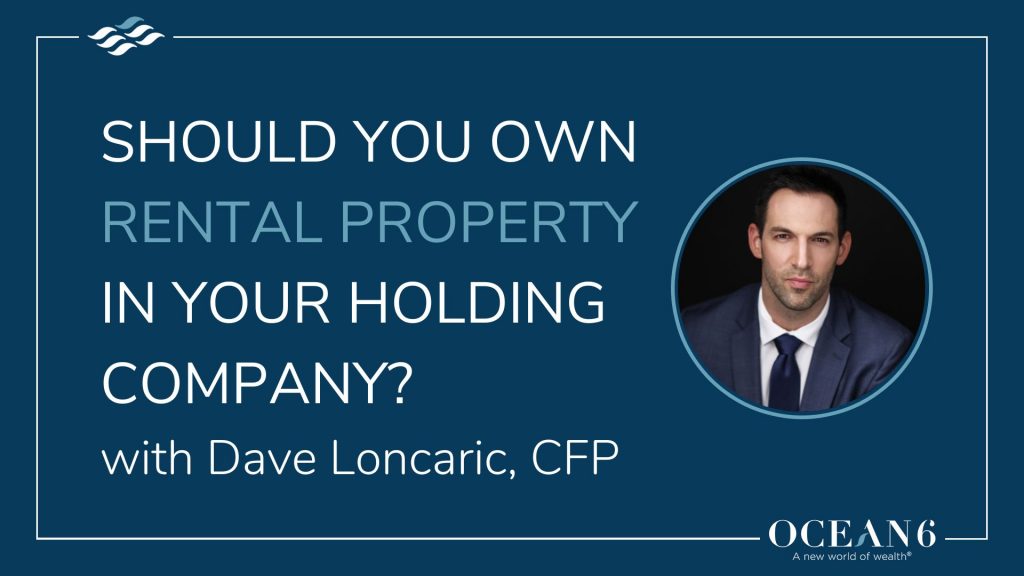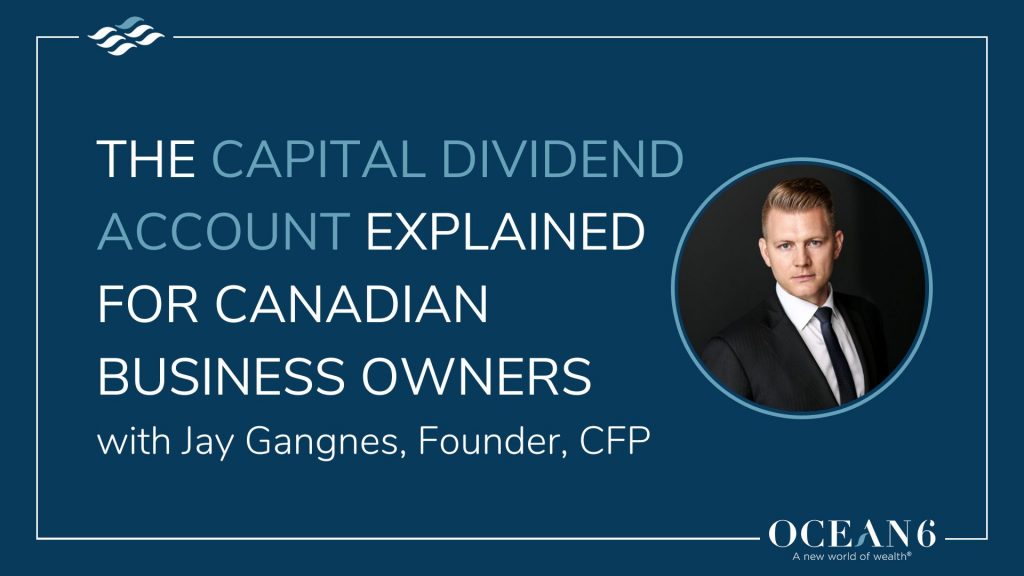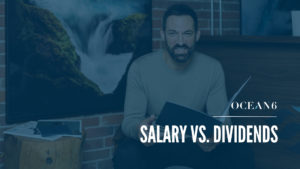Your business is running smoothly, and you have money to invest, but where do you start? Let’s get into how you can take control of your wealth and make your money work for you with this ultimate guide to successful investing as a business owners.
How to Invest as a Business Owner
Investing as a business owner is different than investing as an individual.
RRSPs and TFSAs are often the focus of an individual’s investment strategies, which may not always be the best option for business owners.
As a business owner, you save a layer of personal tax when you leave money in your corporation to invest. However, when you put money into an RRSP and TFSA, you must pay an additional layer of tax first.
One of our clients had a $60,000 tax bill because he’d taken a whole bunch of money out of his corporation and put it in his TFSA, not realizing that he had to pay personal tax on it before putting it into his TFSA.
Investing as a business owner leads to more opportunities to grow your money more effectively inside your corporation with tax advantages. Doing that will result in you having complete control over the money, access to the money, and the ability to invest in a broader range of vehicles, such as real estate, your business, yourself, or the stock market.
(Do you have extra cash sitting in your corporation? Here are four ways you can invest it)
What to Consider Before Setting Up Your Investment Structure
1. Financial Goals
If you don’t know your goals, you won’t be allocating your money to the right areas. Whether you’re investing for retirement, buying a house, or growing your business, you must get very clear on your goals to build your investment portfolio and strategy around accomplishing those goals.
When working towards long-term goals, you can invest in higher-risk investments and real estate. However, if you need that money for short-term goals, you’ll want to consider safer investment options like bonds, GICs, and low-risk stocks.
2. Time Horizon and Risk Profile
Your time horizon is the duration of time you want to invest your money before you need it back. Getting clear on your financial goals will help determine your time horizon.
Your risk profile is your ability and willingness to take on risk. Some investors do not like taking on risk and prefer a slow, steady return. While other investors are very comfortable with volatility in their accounts.
These two components go hand in hand.
If you have a longer time horizon and you’re holding your investments for the next 20 years, then your risk profile will likely be higher. This is because you’re able to ride out those fluctuations and your investments can recover from losses over a longer time horizon.
If you have a shorter time horizon because you need cash available in the next two months to make a big purchase, your risk tolerance will be lower. In this case, take a more conservative approach by investing in more bonds and GICs.
3. Diversify Your Investments
Having a diversified portfolio means you’re investing across a variety of sectors and investment vechicles. The purpose of diversifying your portfolio is to optimize your portfolio and minimize risk by ‘putting your eggs in different baskets’. You won’t be taking on too much risk in one specific area, especially if it suffers a setback.
How you should diversify your investments depends on the components mentioned above: your financial goals, risk profile, and time horizon.
(Every business owner needs to read these 12 investment planning FAQs)
Investment Strategies for Business Owners
1. Invest in corporate-class mutual funds
Investing in corporate-class mutual funds converts your interest income into capital gains. It is one of the most valuable and efficient tools to invest in when you have a corporation.
Although interest yield is up at 6-10% right now, you can keep more money in your pockets by earning capital gains as opposed to interest income because you save in taxes through the Capital Dividend Account.
2. Use the Capital Dividend Account
When you earn capital gains, you will have access to the Capital Dividend Account (CDA).
The CDA provides major tax advantage as it allows you to withdraw the non-taxable portion (50%) of capital gains out of the corporation completely tax-free.
It’s not about how much money you make; it’s about how much you keep. Retirement planning with fully taxable vehicles like RRSPs or dividends coming from your corporation may result in potential Old Age Security (OAS) clawbacks and higher tax brackets.
(There’s no one size fits all with retirement planning, but here’s the right way to start)
By investing in corporate class mutual funds and capital gains types vehicles (such as stocks and real estate) inside your corporation, it’ll result in a better tax situation down the road.
A client with a significant real estate portfolio sold some properties over the years, and we were building a strategy to get this money out of his corporation tax-free. We got his check his CDA credits, which had never been checked, and he had $800,000 available for us to use to withdraw out of the corporation completely tax-free. We had to do very minimal planning to lower his tax exposure when he wanted to pull that money out.
Start Investing as a Business Owner
To summarize, you want to get clear on your goals, time horizon, and risk profile before investing.
Diversify your investments and consider investing in corporate class mutual funds inside your corporation so you have access to the CDA to pull half of those gains out of your corporation tax-free.
You’re getting more money in your pocket completely tax-free, so you’re winning and not CRA.
Book a call today. You’ll never have to worry about whether your wealth is working for you again with a customized financial plan and a team to help you deliver it.




